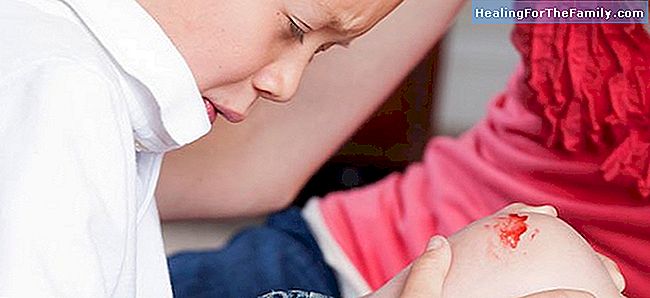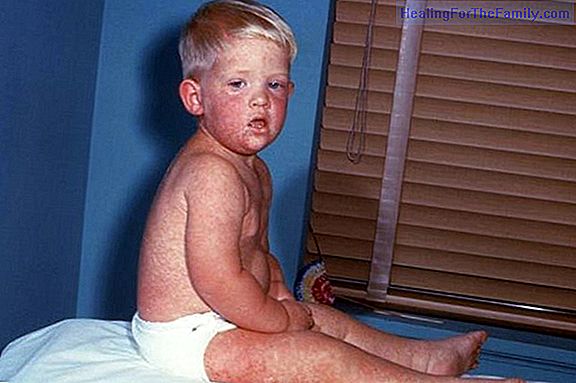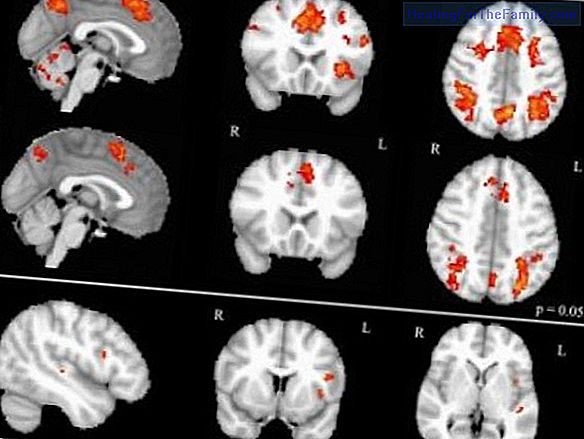How tetanus is transmitted in children
Tetanus is an infectious disease, not contagious , potentially serious and affecting the central nervous system. It is due to the effect of a toxin called tetanospasmina, generated by a bacterium called Clostridium tetani. It is a disease practically eradicated in countries with adequate vaccination
Tetanus is an infectious disease, not contagious, potentially serious and affecting the central nervous system. It is due to the effect of a toxin called tetanospasmina, generated by a bacterium called Clostridium tetani.
It is a disease practically eradicated in countries with adequate vaccination coverage.
When a tetanus child can be infected

There must be four particularities so that we can get sick of tetanus:
1.Not being properly vaccinated. Or, that the vaccine has not been effective, something really exceptional that only occurs in some people who suffer from other types of diseases that weaken the response of the immune system.
2.That we have a wound called "tetanigen". That is, penetrating wounds, contaminated with dust, dirt or feces (more typical in rural areas), or produced by oxidized materials, or also deep wounds secondary to burns, frostbite or bites.
3.The wound is colonized by spores of Clostridium tetani, and that the bacteria is in ideal conditions to produce the toxin. These conditions require a situation known as anaerobiosis, that is, lack of oxygen. Therefore, these bacteria prefer deep wounds.
4.That we have not asked for health care before such wounds, which is hard to believe, but sometimes it happens.
The transmission of tetanus in children and adults
In adults, it is common that, before important wounds, booster doses of the vaccine are administered, as well as a specific antitoxin that would try to neutralize the effects of tetanospasmin. It is usual because of the question: When was the last time you were vaccinated against tetanus?, the verbal response is usually null, and the non-verbal response is accompanied by wide-eyed eyes with a classic facial expression of confusion mixed with a hint of fright.
In children this is not the case, as all of them have received enough doses (more than three) and not enough time has passed (5-10 years since the last dose) to consider that there is a risk of transmission. In this situation, una only before high-risk wounds could a dose of antitoxin be assessed. False 0 false 21 18 pt 18 pt 0 0 false false false In unvaccinated children, victims of a dangerous and inadequate decision on the part of their parents, the situation is very different, and the high risk of "tetanigenic" injuries. In this case, the "anti-vaccines" are not protected by the herd effect of the rest of the well-vaccinated population, as this is not a disease that is transmitted from person to person.
The unvaccinated person is totally exposed to the risk of suffering from this disease.
Hence, in the face of minimal injuries, the fear of the parents usually corrupts their meditated decision and they urgently go to the pediatrician to receive the vaccine that was denied at the time. And Marie Curie already said: "in life, there is nothing to fear, you just have to understand." If you get vaccinated, there is no tetanus. It's that easy and, rarely, so difficult.












